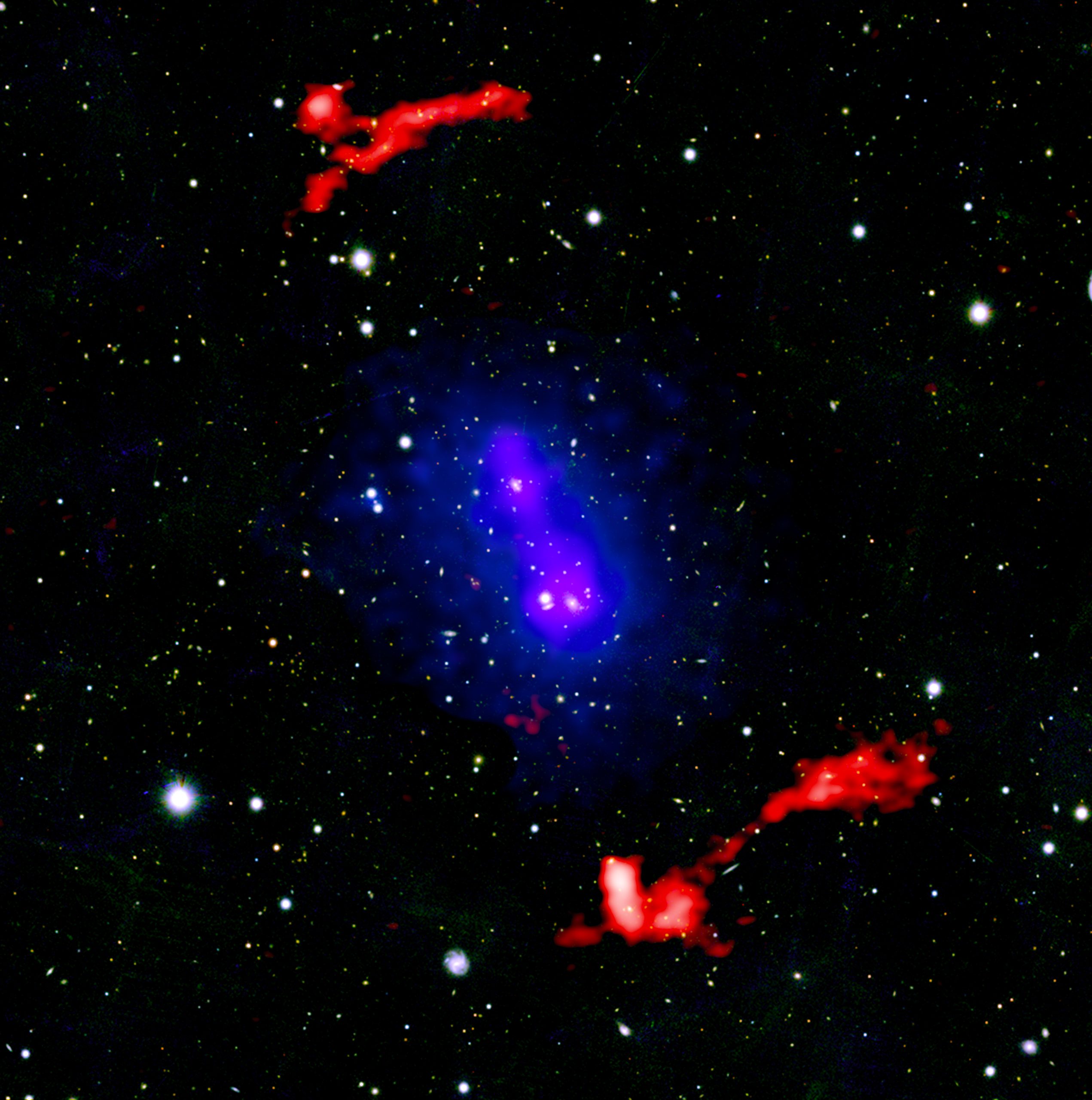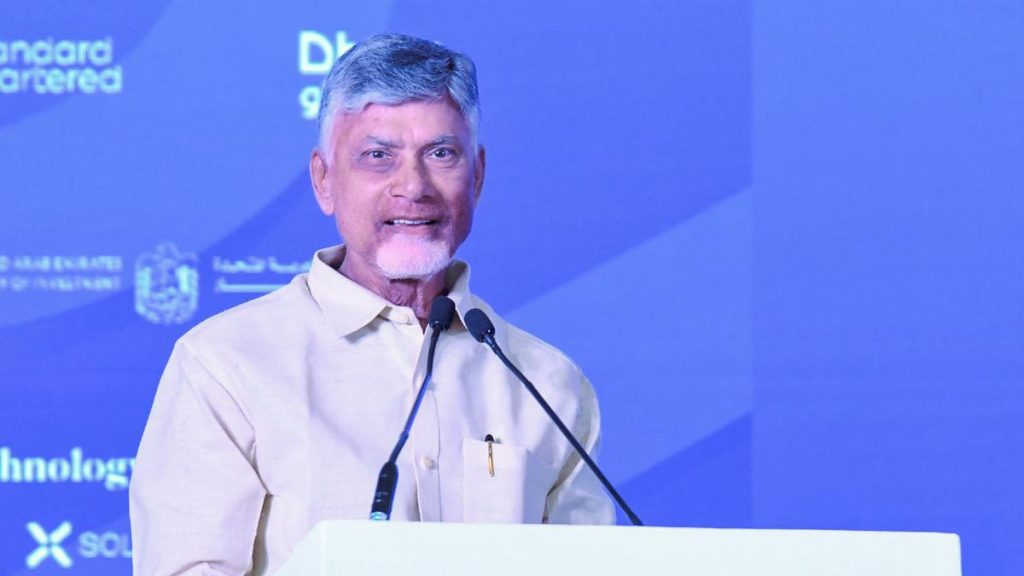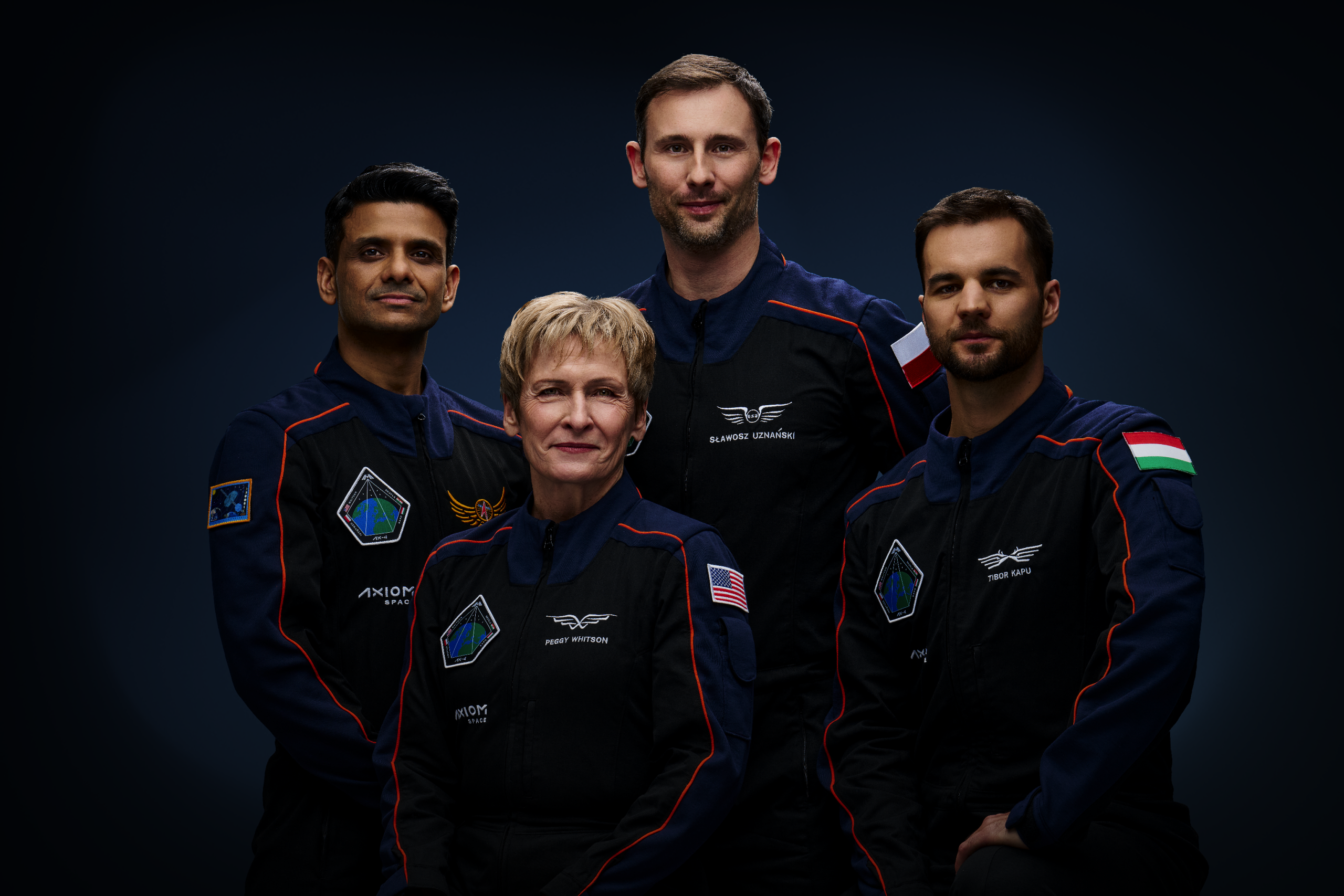Now Reading: NASA’s Chandra Detects Galaxy Clusters Heading for Collision
-
01
NASA’s Chandra Detects Galaxy Clusters Heading for Collision
NASA’s Chandra Detects Galaxy Clusters Heading for Collision

Quick Summary
- NASA’s Chandra X-ray Observatory adn other telescopes observed a rare cosmic phenomenon involving two galaxy clusters, PSZ2 G181.06+48.47, located 2.8 billion light-years from Earth.
- These clusters previously collided about a billion years ago,creating shock fronts separated by 11 million light-years-among the largest separations recorded for such structures.
- X-ray observations reveal three shock fronts aligned with the collision axis, indicating that the clusters are now slowing down and heading back for another collision.
- PSZ2 G181 is noteworthy as it represents a lower-mass system involved in this rare event of colliding galaxy clusters.
- A recent paper on this research was published in The astrophysical Journal, led by Andra Stroe (Center for Astrophysics | harvard & Smithsonian) with collaborators, alongside two other related studies.
Indian Opinion Analysis
This observation highlights groundbreaking advancements in astrophysics driven by international scientific collaboration. India’s space ecosystem could benefit from such cutting-edge research partnerships to enhance its own observation capabilities like those seen in the Chandra program or ESA’s Newton missions. Collaboration between institutions conducting basic cosmic research-including India’s ISRO-could strengthen domestic initiatives and innovation within astrophysical science programs.
From an educational standpoint, events like these underline the importance of investment in high-tech infrastructure and academic training targeting frontier disciplines like cosmology and dark matter physics. PKSZ2 G181’s rarity would serve as an excellent case study for upcoming Indian astrophysicists at institutes like IUCAA (Inter-university Centre for Astronomy and Astrophysics), furthering India’s role in global inquiry into worldwide phenomena.

























